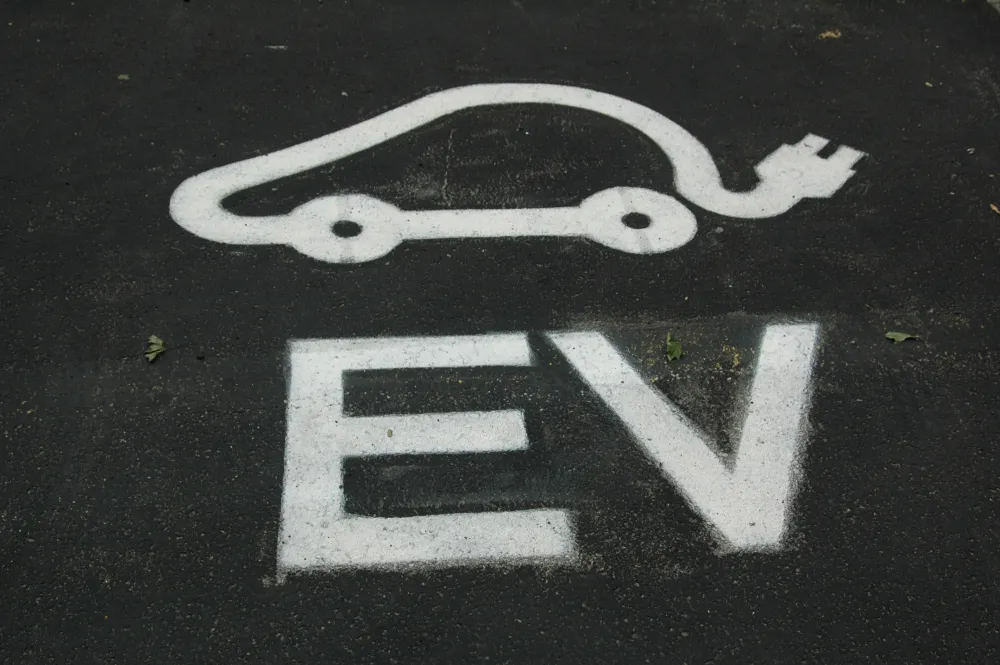The province of Ontario is poised to become one of the major hubs in the electric vehicle (EV) supply chain, and yet a major domestic market is going untapped. Last month, Ontario government legislators voted down a private member's bill to make basic EV charging infrastructure required in all new homes under the Building Code.
This is unfortunate. Currently, Ontario is driving toward a low-carbon energy future with the brakes on.
It sends mixed signals for the province to forge a path toward being a manufacturer of EVs, parts and batteries while failing to encourage the use of them at home. And Ontario is not the only province that is still falling short on incentivizing EV charging infrastructure. This is not simply a lost opportunity to encourage the adoption of vehicles that are part of the climate change solution — it also means Canada is not doing what it can to foster a domestic market for the very products it is seeking to become a world leader in manufacturing.
In 2023, electric cars represented 11.7 per cent of personal vehicle sales in Canada. With 70 per cent of EV charging occurring at home, residential properties are an essential place to focus, and there is a lot that provincial governments can do.
We recommend standardizing and streamlining the permitting process, which will simplify the administrative process for installing EV chargers and reduce costs for developers and owners.
We have also called for building codes to require EV-readiness for new construction. Over a dozen municipalities in the country, including Toronto and Vancouver, have put forward policies that require all residential parking in new developments to be EV-ready. And it is not just the very biggest cities aspiring to lead the way.
We recently released a report that focuses on EV charging infrastructure in Alberta. The City of Edmonton announced in 2018 its intention to make the city EV-ready. Its strategy acknowledges the need for chargers in multi-unit residential buildings (think condos and apartments). The City of Calgary is also seeking to become EV-ready, with a goal that by 2030, all newly constructed residential buildings have EV-charging infrastructure available. Canmore, far smaller but still with ambitious aspirations, launched an EV Readiness Research pilot project.
By not requiring EV charging infrastructure in building codes, governments are punting the costs down the road, which will entail considerably more expensive retrofits.
There is a certain amount of urgency around this.
Canada is in a housing crisis and so must rapidly build new residential units quickly to meet demand. Incrementally retrofitting, or upgrading EV infrastructure, costs two to six times more than installing the right equipment at the beginning of construction. Moreover, if included in the code, EV charging can be better coordinated with other building systems that need electricity.
While municipalities can do more to make their building stock EV-ready through incentive programs aimed at new construction, as well as deep retrofits of existing buildings, they need leadership from provinces. In addition to changes to building codes, provinces should direct utilities to develop supportive electricity rate structures that will incentivize the adoption of EV charging infrastructure, along with regulatory stability that will enable the necessary private sector investment to scale it out.
Decisions made over the next year or two will have a large bearing on how Canada rises to the challenge of the energy transition that is gathering momentum worldwide. Globally, electric car sales in 2023 were 35 per cent higher than in 2022. Charted on a graph, the adoption rate is starting to develop the telltale hockey stick shape that indicates a profound and permanent shift is underway.
A survey released by Natural Resources Canada in March 2024 showed that 62 per cent of Canadians are concerned that there is not enough access to charging stations; almost half (49 per cent) responded that access to charging infrastructure at home would greatly impact their likeliness to consider adoption.
This suggests that governments have a leading role to play in helping create the infrastructure that will drive the adoption of electric vehicles in the coming decades.
Canada should not be left behind in the energy transition currently underway, and given our status as a source of critical minerals, our skilled workforce and highly urban populatiadon, there is no reason why we would be.
Further, Canada should not lag behind global trends, risking a dependence on technologies that do not have a sustainable future. Governments should lead the way by making sure all buildings of the future are EV-ready.
To be a true leader, Canada’s domestic markets must become ready for the national and international transition to zero-emission vehicles that will be a critical part of both our economic prosperity and our ability to meet our climate commitments.








